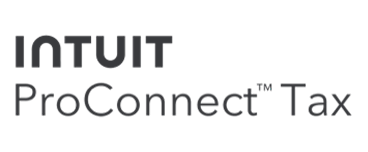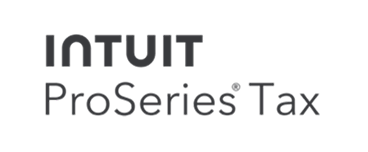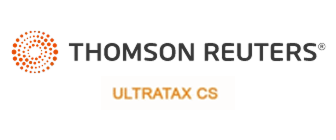
Reporting the ‘Red Flags’ of Money Laundering
Accountancy professionals are targeted for their skills and services, which can provide a cloak of legitimacy to illicit cash; accountants have a crucial role to play in protecting the economy and wider society by submitting Suspicious Activity Reports (SARs). Money laundering isn’t always obvious, but the consequences can be severe.
This article outlines and reinforces how accountants can:
- Meet the requirements of the Money Laundering Regulations 2017
- Use due diligence to detect suspicious activity
- Recognise the ‘red flags’ of money laundering
- Report suspicious activity
- Seek further advice and guidance
The Importance of Customer Due Dilligence
Due diligence should form part of a firm’s risk assessment. It’s important to:
- Identify your client
- Verify your client’s identity
- Gather information on the purpose and intended nature of your business relationship
- Apply enhanced due diligence where appropriate
- Have ongoing monitoring for longstanding clients
Requesting this information, recording it and reviewing it periodically is a relevant requirement and will support your efforts to spot suspicious activity.
Recognising Suspicious Activity
It’s the responsibility of professionals to make AML measures a key priority; together we can minimise the reputational and legal risks of unwitting criminal activity. Reporting knowledge or suspicion of money laundering is a legal requirement and all relevant employees should be trained on reporting their concerns to the firm’s Money Laundering Reporting Officer (MLRO). By flagging up your suspicions you’re playing a key role in tackling criminality. Know the indicators and be on alert for them when dealing with new and existing clients.
But what should you be looking for?
The following red flags should inform accountants’ risk assessments of their clients.
- Transactions
Are transactions unusual because of their size, frequency or the manner of their execution, in relation to the client’s known business type? - Assets
Does it appear that a client’s assets are inconsistent with their known legitimate income? - Identity
Has the client taken steps to hide their identity, or is the beneficial owner difficult to identify? - Political Status
Is the client engaged in unusual private business given that they hold a prominent public title or function? Or do they have ties to an individual of this nature? - Geographic Area
Is the collateral provided, such as property, located in a high-risk country, or are the client or parties to the transaction native to or resident in a high-risk country? - Structures
Complex or illogical business structures that make it unclear who is conducting a transaction or purchase? - Resources
Are a client’s funds made up of a disproportionate amount of private funding or cash, in relation to their socioeconomic profile? - Behaviour
Is the client engaged in unusual private business given that they hold a prominent public title or function? Or do they have ties to an individual of this nature? - Documents
Are information or documents being withheld by the client or their representative, or do they appear to be falsified? - Choice of Professional
Have you, or other professionals involved been instructed at a distance, asked to act outside of your usual speciality, or offered an unusually high fee?
Red flags might not mean anything in isolation but taken together can provide a strong indication of money laundering.
Reporting Suspicious Activity
If there is enough to constitute a suspicion of money laundering, a Suspicious Activity Report (SAR) must be submitted to the National Crime Agency (NCA). The online system through the NCA website provides instant acknowledgement and a reference number. However, professionals should beware ‘tipping off’. An offence is committed when a person in the regulated sector discloses that.
- A SAR has been made
- An investigation into allegations of money laundering is underway (or being contemplated)
The consequences include a maximum of five years imprisonment and/or a fine. Accountants should take extreme care when communicating with clients.
DAML SARs
A Defence Against Money Laundering (DAML) can be requested where a reporter risks committing one of the principal money laundering offences under the POCA. See Defence Against Anti-Money Laundering SARs for more information. Your SAR might not start an investigation, but when combined with other information may be a vital piece of the jigsaw.
Submitting Good Quality SARs
Good quality SARs help prevent and detect crime, including spotting new trends and patterns. But SARs can only be useful if they follow standard rules.
- Include full name, date of birth, occupation and addresses
- Give information on any account numbers
- Use SARs glossary codes
- Include clear descriptions of reasons for suspicion
- If you don’t have information for any field use ‘UNKNOWN’
- Everyone benefits if the information you submit is correct
Next Steps, Further Information and Guidance
- Read Anti-Money Laundering Guidance for the Accountancy Sector
- Visit the UK Financial Intelligence Unit (UKFIU) website, for more information on SARs
- Safeguard your practice with AIA supervision.
AIA supports the UK government’s #FlagItUp campaign to ensure accountancy professionals remain alert to the red fags of money laundering. Together we can help stamp out #DirtyMoney with #SuspiciousMind






